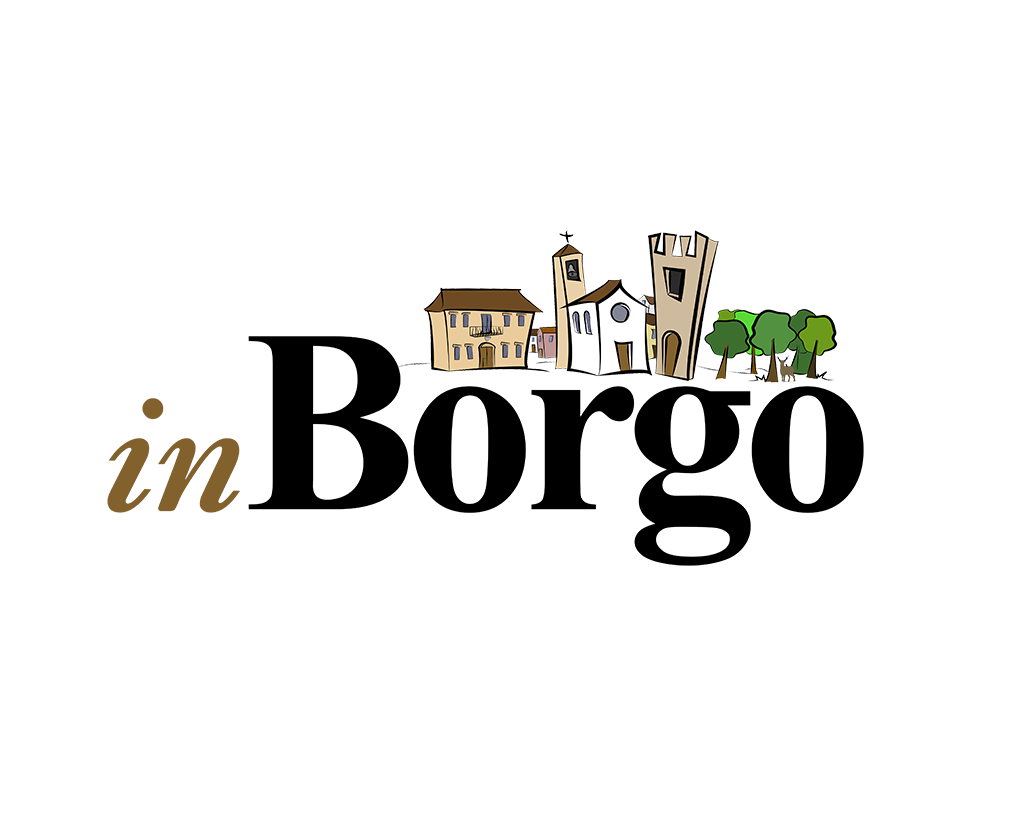Tante sono le teorie sul nome di questa città emiliana, ma la più probabile è quella di essere stata definita all’epoca una piccola Reggio, un pò come Fiorenzuola per Firenze, anche se molti sostengono che derivi dal termine Razza ovvero i rovi, molto presente nell’area a quei tempi. L’ area di Reggiolo era piena di corsi d’acqua e nell’XI secolo, l’unico modo per raggiungerla era solo via acqua. Furono i romani che dopo averla bonificata, si stabilirono in questa zona. Purtroppo una volta finito l’impero romano, il territorio venne abbandonato e ben presto le paludi tornarono a riempire i luoghi prima bonificati. Fu solo dopo 600 anni che l’area ricominciò ad essere abitata. Negli secoli successivi passò da una signoria ad un’altra di Reggio e di Mantova. Nel secolo XVIII passò di mano dal piccolo ducato di Guastalla a quello di Parma e Piacenza. In seguito Napoleone lo cedette al comune di Reggio e dopo la Restaurazione torno al Ducato di Parma.
L’edificio che caratterizza la città è senza dubbio la Rocca, costruita nel 1242 dopo i ripetuti scontri con il ducato di Mantova. Questo edificio e una strada che portava direttamente alla città di Reggio fece crescere il numero degli abitanti in modo consistente. La Rocca è circondata da un muro di cinta di 40 metri e alto circa 8 metri. L’altezza delle mura fu portata a 14 metri dai Gonzaga, e dotate di 4 torri angolari sporgenti. All’interno oltre allo spazio per i soldati, vi era anche una chiesa, magazzini, stalle e ovviamente la casa del Governatore. Il Mastio al centro ha un’altezza di ben 36 metri con uno spessore alla base di ben 2,30 metri. Aveva 5 piani e vi si poteva accedere solo attraverso una porta sopraelevata.
Di interesse a Reggiolo anche il piccolo teatro, l’imponente Palazzo Sartoretti, la Corte Gonzaghesca Aurelia, l’oratorio di San Venerio e altre chiese.
There are many theories about the name of this Emilian city, but the most likely is that it was defined at the time as a small Reggio, a bit like Fiorenzuola for Florence, even if many argue that it derives from the term Razza or the brambles(rovi in Italian), very present in the area at that time. The Reggiolo area was full of waterways and in the 11th century, the only way to reach it was by water. It was the Romans who, after having reclaimed it, settled in this area. Unfortunately, once the Roman Empire ended, the territory was abandoned and soon the swamps returned to fill the previously reclaimed places. It was only after 600 years that the area began to be inhabited again. In the following centuries it passed from one lordship to another of Reggio and Mantua. In the 18th century it changed hands from the small duchy of Guastalla to that of Parma and Piacenza. Later Napoleon ceded it to the municipality of Reggio and after the Restoration it returned to the Duchy of Parma.
The building that characterizes the city is undoubtedly the Rocca, built in 1242 after repeated clashes with the Duchy of Mantua. This building and a road that led directly to the city of Reggio caused the number of inhabitants to grow significantly. The Rocca is surrounded by a 40 meter high wall about 8 meters high. The height of the walls was brought to 14 meters by the Gonzagas, and equipped with 4 protruding corner towers. Inside, in addition to the space for the soldiers, there was also a church, warehouses, stables and obviously the Governor’s house. The keep in the center has a height of 36 meters with a thickness at the base of 2.30 meters. It had 5 floors and could only be accessed through an elevated door.
Also of interest in Reggiolo is the small theater, the imposing Palazzo Sartoretti, the Corte Gonzaghesca Aurelia, the oratory of San Venerio and other churches.
Comune di Reggiolo,
Piazza del Martiri, 1-2-3, 42046
Tel- 0522 213700


